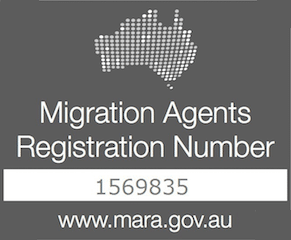Australia’s partner visas are mainly divided into temporary and permanent visas, allowing the spouses or partners (married) or de facto partners of Australian citizens, permanent residents, and eligible New Zealand citizens to stay in Australia based on their cohabitation relationship.
The eligibility for a partner visa depends on several factors, primarily related to the nature of your relationship.
This document checklist is relevant to the Australian partner visa, which can ultimately lead to permanent residency (hereinafter referred to as the partner visa).
Differences between onshore and offshore partner visas
There are two options for applying for a partner or spouse visa, either onshore or offshore:
Onshore options for partner or spouse visa:
- 820 (Temporary) Visa (Stage 1); and
- 801 (Permanent) Visa (Stage 2).
On the other hand, offshore options for partner or spouse visa are:
- 309 (Temporary) Visa (Stage 1); and
- 100 (Permanent) Visa (Stage 2).
Both applications can be submitted simultaneously in terms of the application process.
Usually, the temporary visa will be approved first, and the applicant will be eligible for the corresponding permanent visa two years after submitting the initial application.
However, if a couple is in a long-term relationship, the visa application for both stages can be processed concurrently. A long-term relationship is defined as a couple (partners) who have:
- Been cohabiting together for over two years and have a child (excluding stepchildren); or
- Been together for more than three years.
Regardless of the category of partner visa you apply for, the required documents and materials are roughly the same.




